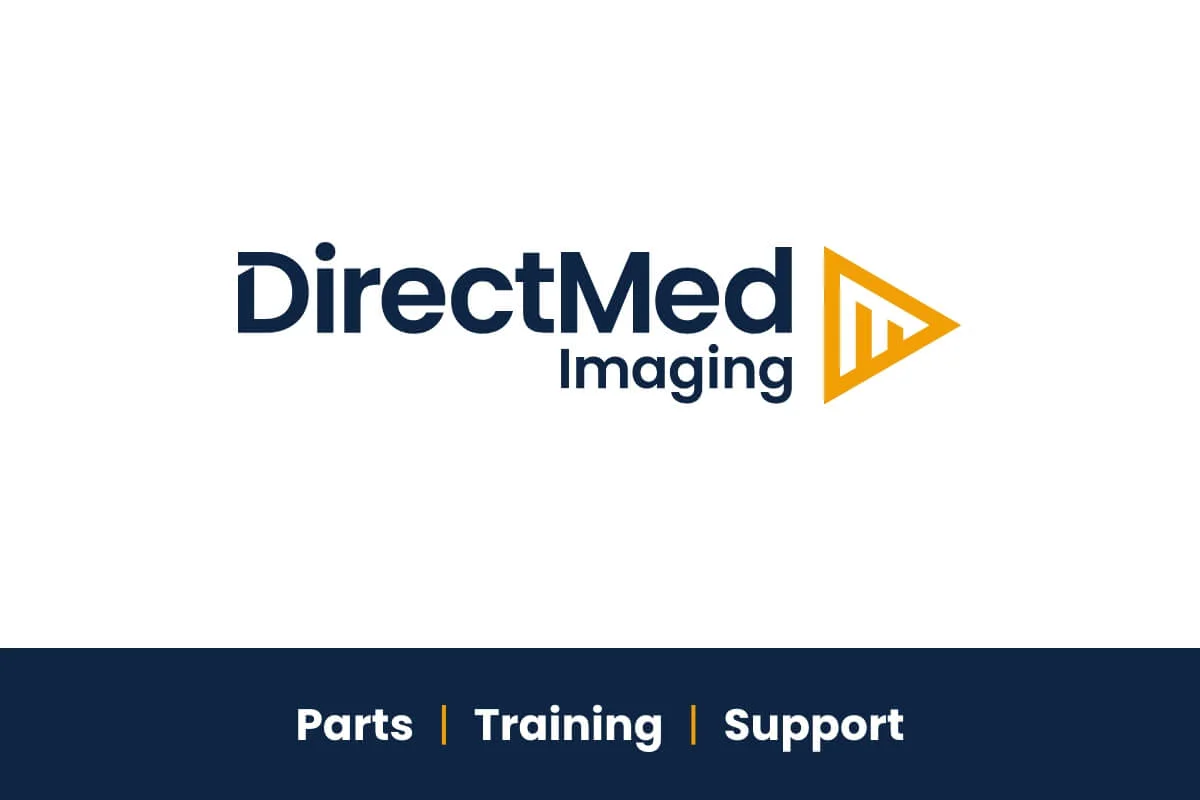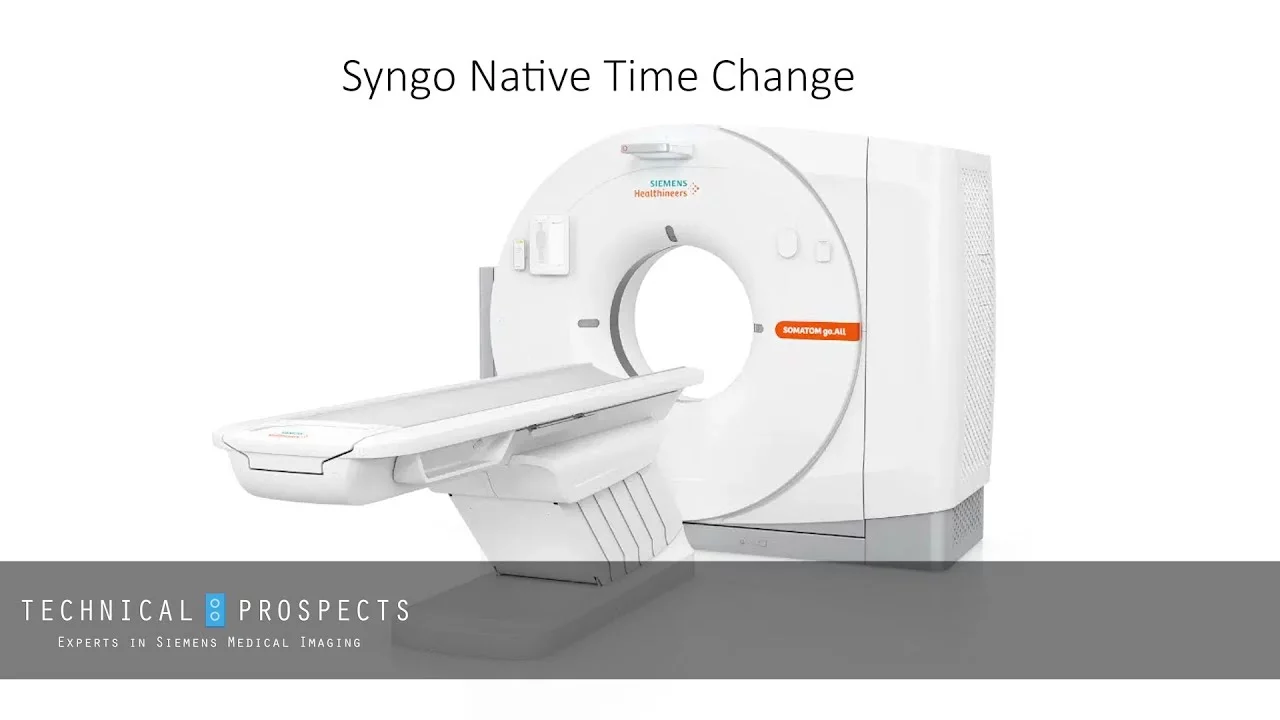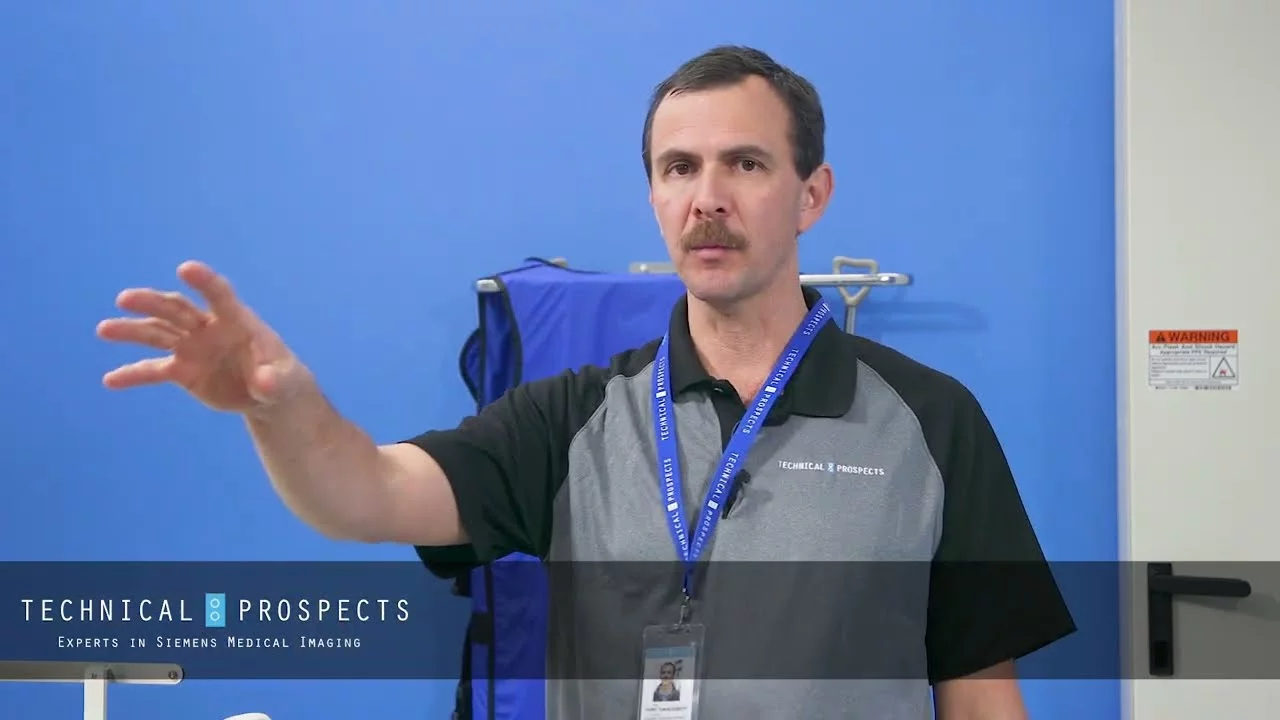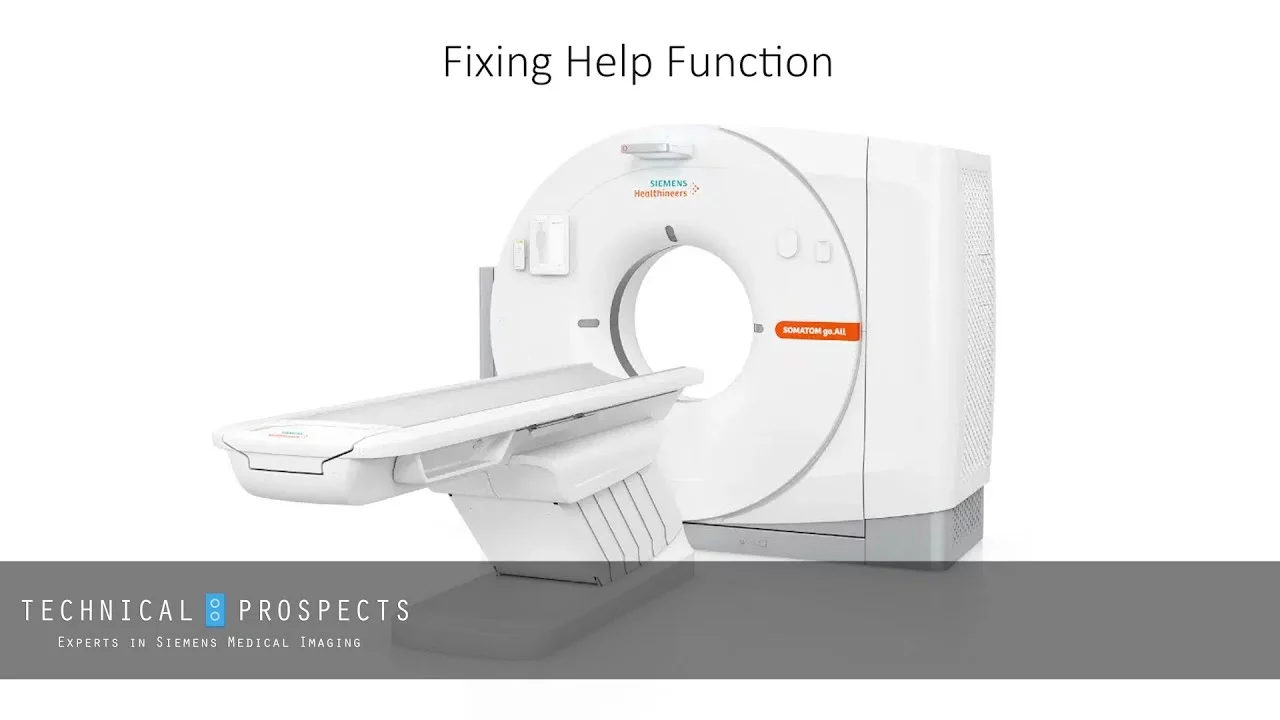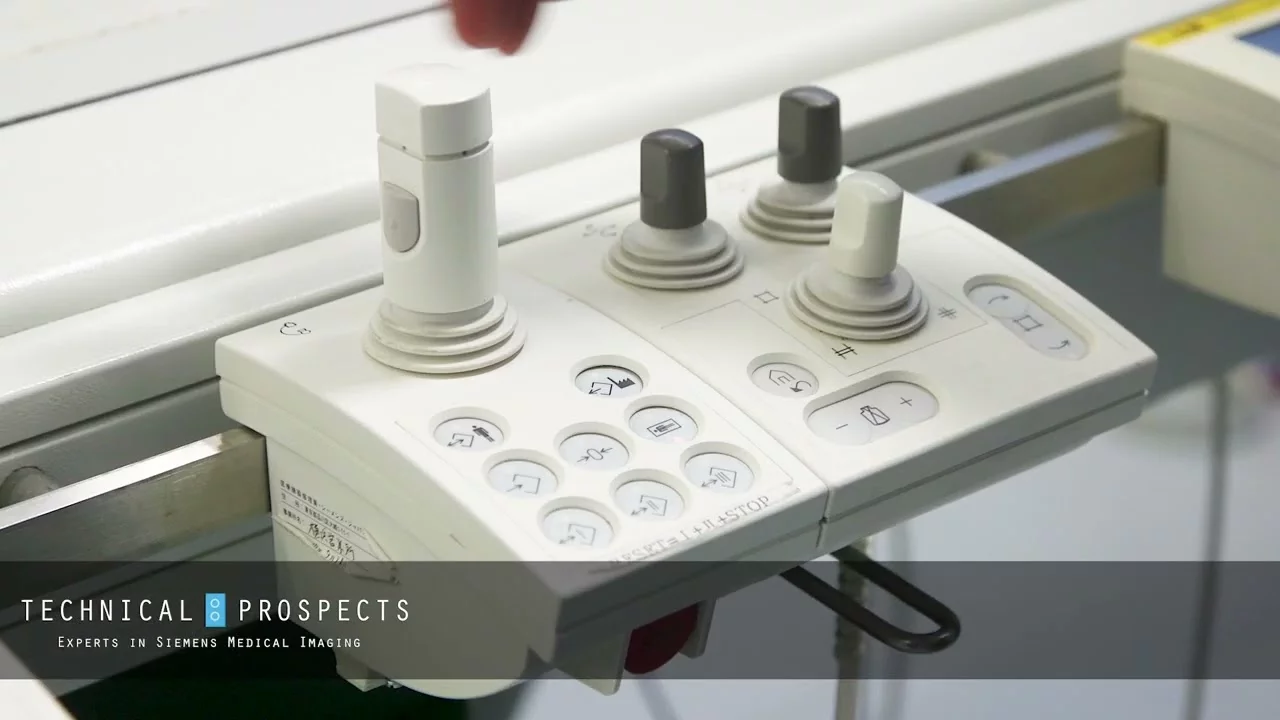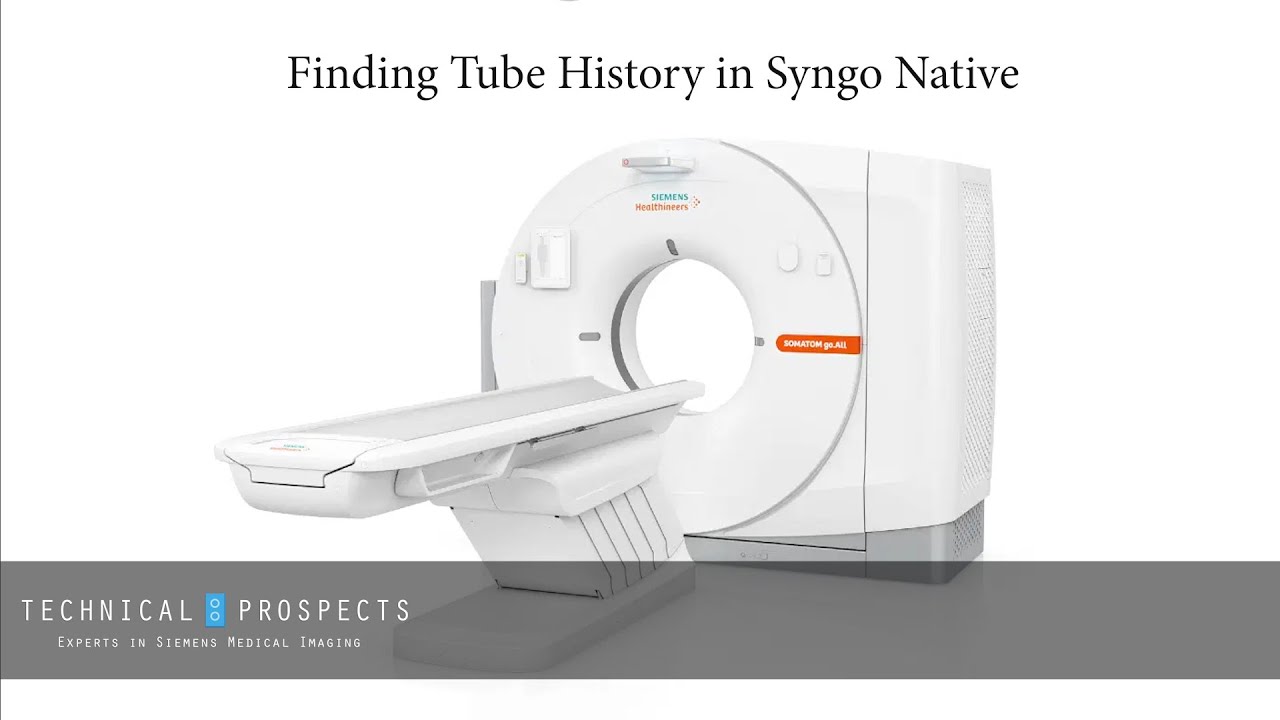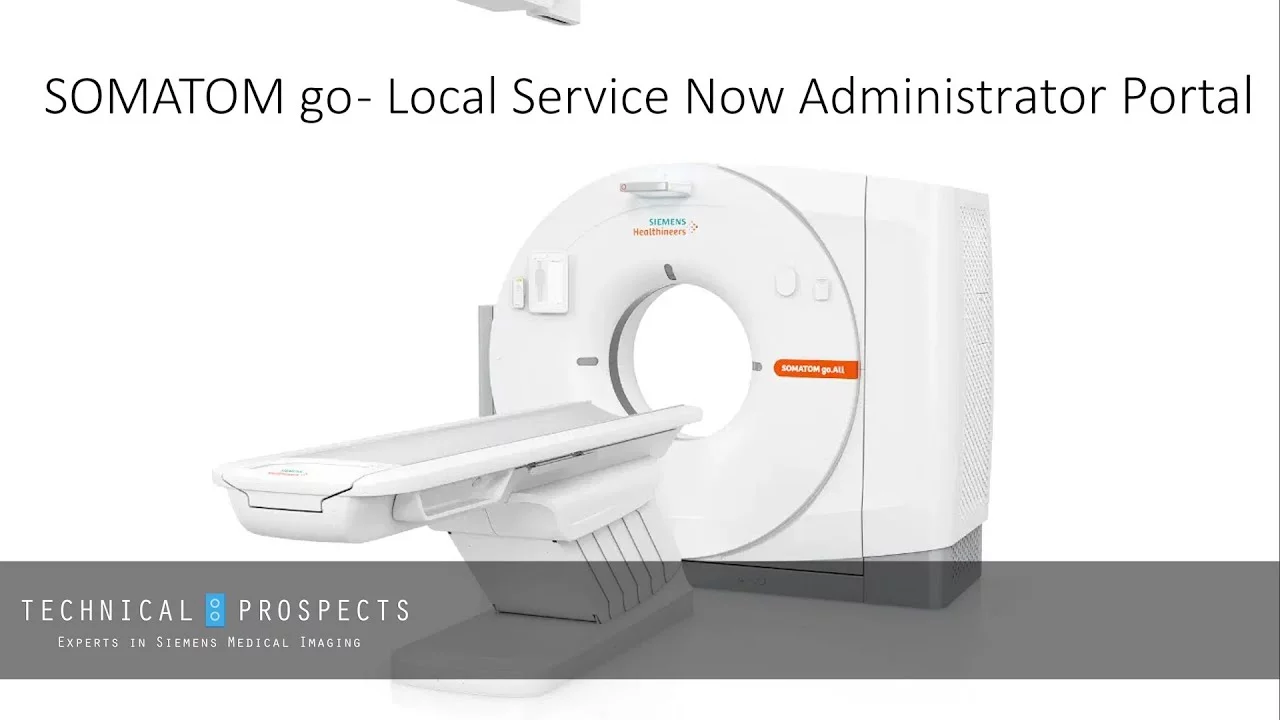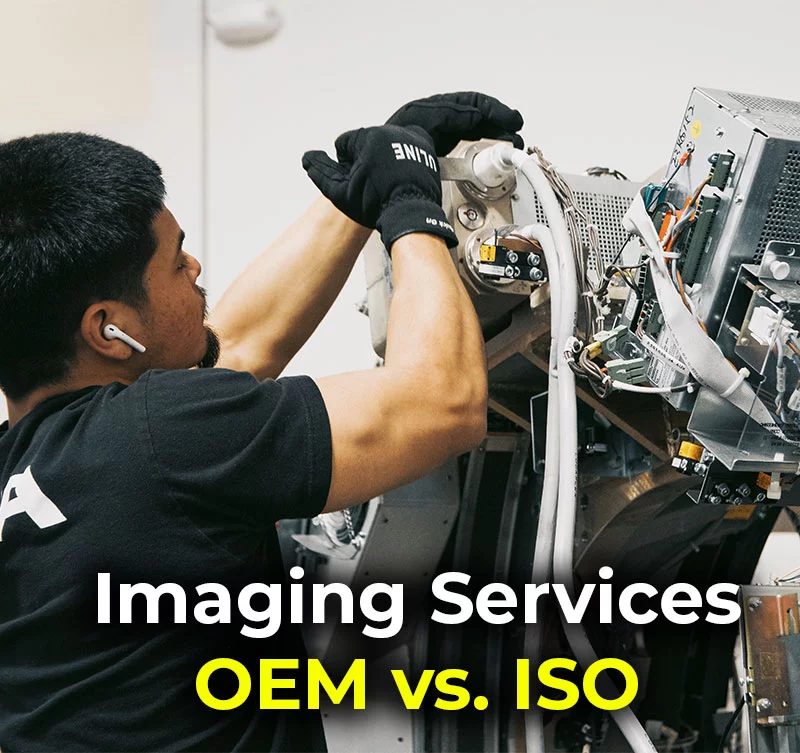Based on data gathered prior to the outbreak of COVID-19, a 2020 P & S Market Research report predicted the U.S. medical equipment maintenance market could anticipate a CAGR of 9.2% over the next 10 years. This growth was expected to be driven by advancements in the medical device industry, rising awareness of preventive medical equipment maintenance, and the presence of a stringent regulatory environment.
The Surge’s Silver Lining
Due to the very nature of mechanical, electronic, and computer equipment, increased usage leads to increased wear and tear on the parts, which, inevitably, results in more frequent maintenance and repair. All of which requires the parts and technical expertise necessary to get those machines back up and running. While this creates additional costs and scheduling challenges for healthcare providers, it’s also a clear indicator that equipment is no longer lying dormant and is once again serving its ancillary purpose of generating revenue. It also presents three unique opportunities for those of us in the medical imaging equipment service industry: providing parts, repair and preventative maintenance, and training.
I would contend that recognizing and embracing opportunities, even those resulting from a pandemic, isn’t unethical. Many would say it’s at the heart of good business. It’s that whole, “When life gives you lemons…” approach. However, capitalizing on those opportunities to the detriment of others, is an entirely different matter. History has shown us that in situations like these, it’s not uncommon for companies to use unscrupulous tactics like price-gouging, supply manipulation, and fearmongering to squeeze out higher profits. For that reason, I’d like to shed some light on the opportunities I see for all of us and help you understand what they could mean for you.
Opportunity 1: Parts
I’ve been in this industry for a long time and see the challenges faced by healthcare organizations every day. When it comes to medical imaging equipment, I’ve learned that uptime is critical, quality is non-negotiable, and parts are typically expensive. With those thoughts in mind, here are a few things to consider regarding the predicted boom.
As of right now, there is no parts shortage, but depending on the magnitude of the surge, that could change overnight. If it does, we can’t easily predict what specific parts would be affected. We can, however, help you identify which parts are the usual suspects for failure on your particular piece of Siemens equipment and learn to recognize the signs of a breakdown to help you predict which parts may need replacing in the near future. Using this information, you can create an in-house inventory of the spare parts you’re most likely to need before price or supply problems become an issue.
When frequent equipment problems arise, as in the case of increased utilization, there’s often a knee-jerk reaction to replace a system with a new model, especially after it’s passed what the OEM dubs “end of life” (EOL). The reality is that the term “end of life” is more marketing jargon than anything else. It’s a way for manufacturers to push healthcare providers towards their latest models and get customers to sign new service contracts. With regularly scheduled preventive maintenance and a trusted partner for parts and service, holding onto existing equipment is a completely viable option. In fact, there are some distinct benefits to keeping imaging systems in use after the OEM service contract ends:
- More technical knowledge: Because older systems have been on the market longer, there are more imaging engineers with experience servicing and maintaining them.
- More replacement parts availability: As facilities update medical imaging systems, the equipment that’s being replaced can be harvested for refurbished parts that keep older models running.
- More affordable parts and service: If you choose not to extend an OEM service contract, you’ll experience cost-savings using independent service organizations (ISOs) and parts suppliers.
The key to preventing ongoing or recurring problems in older systems is to only use the best parts possible. Whether you’re buying pre-owned, refurbished, or new, make certain that they are thoroughly quality-tested and quality-assured. The cost of a bad medical imaging part can come back to haunt you. Saving a few hundred dollars by choosing the cheapest option could mean you lose tens-of-thousands in the long run.
We recommend purchasing from suppliers with a single OEM focus that’s backed by dedicated customer service. A good supplier should include specific installation instructions with every part and be available to help with installation, calibration, or any issues you encounter once your part arrives.
Opportunity 2: Repair and Preventative Maintenance
For OEMs, the surge will undoubtedly lead to a significant increase in service calls for their installed base of equipment. While many OEMs have robust service programs in place, they may be unprepared for the sudden wave of requests for repair and preventative maintenance. The result could be decreased availability, longer delays, and price hikes due to high demand. Paying a premium for “rush” service could become the norm.
Multi-vendor ISOs can also expect to reap the benefits of the surge in procedures. While many larger healthcare organizations have in-house service staff, smaller facilities rely heavily on ISOs, especially for older equipment. And although they may not be locked into OEM service contracts, the same challenges may emerge: a lack of service availability, longer delays, and higher prices.
Now is the time to evaluate your current service provider. If you’re reliant on OEM service options, you may want to consider establishing a contingency plan with an ISO in advance. In the event the OEM is unable to provide timely service, the third-party relationship you’ve established could prevent excess downtime and a significant loss of revenue. When partnering with a service provider, find one that offers field service with maintenance standards that meet or exceed OEM and ACR specifications. Look for former OEM engineers and confirm that they can provide 24/7 on-site support to ensure peak functionality of your equipment.
Finally, consider installing an MRI remote monitoring system to reduce the chances of an urgent repair call to the OEM or ISO. Installations like daVinci’s Cryogen Management System can provide 99.9% uptime. You simply connect it, turn it on, and forget about it. You will be alerted of a system failure before it becomes catastrophic.
Opportunity 3: Training
As the combined impact of the imaging engineer shortage and the surge in imaging procedures becomes increasingly evident, healthcare providers will begin looking for ways to manage their equipment servicing needs. Many will be motivated to set aside previous biases and train current employees into the role of imaging engineers.
This opportunity has not escaped the notice of companies that specialize in imaging training and many are clamoring to develop the coursework and getting the accreditation necessary to deliver it. Whether or not this can happen quickly enough to address the increased demand is unknown. Healthcare leadership may have to contend with reduced training opportunities or lengthy enrollment delays until student rosters begin to open up.
Addressing your organization’s training needs is as time-sensitive as creating a spare parts inventory and developing a contingency service plan. Now is the time to identify and train existing team members, particularly biomedical equipment technicians (BMETs), into in-house service providers. Offering mentorship, workshops, and enrollment in AAMI-certified courses will go a long way towards encouraging them to climb the organizational ladder, thereby eliminating the need for an outside service provider altogether.
As you begin this process, keep in mind that courses offering 8 continuing education credits (CEUs) per day of training from the AAMI Credential Institute (ACI) are considered the gold standard. Look for courses consisting of primarily hands-on training in a simulated clinical environment.
Beyond the Opportunities
What’s happening right now in the biomedical imaging equipment maintenance industry is both exciting and disconcerting. There are opportunities for positive growth and change like we’ve never seen before. At the same time, the opportunities for less-than-honorable business practices are right alongside. We’re excited to offer the parts, service, and training you’ll need to provide vital healthcare services to your patients, career advancement opportunities to your team members, and a revenue stream to keep the lights on. More importantly, we’re excited to partner with you in navigating the waters that lie ahead and vow to never compromise our integrity just to make a buck.
May our success be your success.
